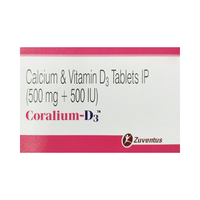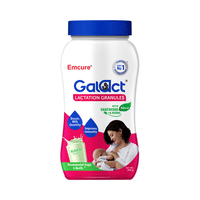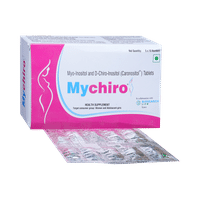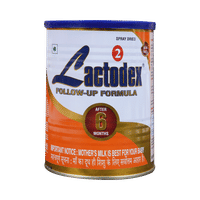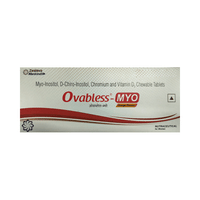Available in other variants
food interaction for Mem Injection
alcohol interaction for Mem Injection
pregnancy interaction for Mem Injection
lactation interaction for Mem Injection
food
alcohol
pregnancy
lactation
No interaction found/established
It is not known whether it is safe to consume alcohol with Mem 0.2mg Injection. Please consult your doctor.
CONSULT YOUR DOCTOR
Mem 0.2mg Injection is highly unsafe to use during pregnancy. Seek your doctor's advice as studies on pregnant women and animals have shown significant harmful effects to the developing baby.
UNSAFE
Mem 0.2mg Injection should be used with caution during breastfeeding. Breastfeeding should be held until the treatment of the mother is completed and the drug is eliminated from her body.
CAUTION
SALT INFORMATION FOR Mem 0.2mg Injection
Methylergometrine(0.2mg)
Mem injection uses
{med_name} is used in the treatment of post-delivery bleeding and induction of labour. It may also be used to control bleeding after an abortion.
How mem injection works
Mem 0.2mg Injection is an ergot alkaloid. It works by causing sustained contractions of the smooth muscles of the uterus. This results in compression of the blood vessels which controls bleeding after delivery.
Common side effects of mem injection
High blood pressure, Headache, Seizure
SUBSTITUTES FOR Mem Injection
25 Substitutes
25 Substitutes
Sorted By
 Rs. 13.59same price
Rs. 13.59same price Rs. 12.94save 5% more per ml of Injection
Rs. 12.94save 5% more per ml of Injection Rs. 26.06save 4% more per ml of Injection
Rs. 26.06save 4% more per ml of Injection Rs. 2.81save 79% more per ml of Injection
Rs. 2.81save 79% more per ml of Injection Rs. 3.01save 78% more per ml of Injection
Rs. 3.01save 78% more per ml of Injection
Expert advice FOR Mem Injection
- Methylergometrine is used for the prevention and control of post-delivery bleeding.
- It may also be used for the active management of the third stage of labor, to facilitate the delivery of the placenta.
- It is given intravenously (into a vein) or intramuscularly (into the muscle) by a doctor or healthcare provider in a hospital or clinic.
- Its dose may be repeated as required at intervals of 2 to 4 hours.
- It should be avoided in patients, with high blood pressure, and heart disease.
















